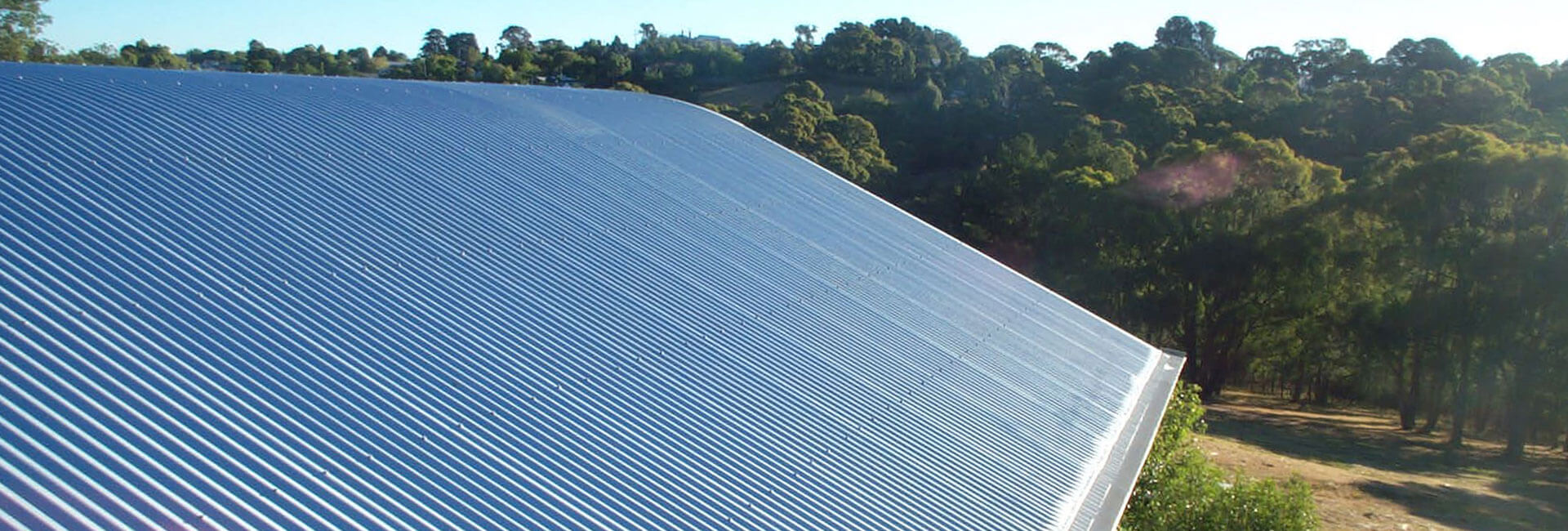Every industry has its own jargon and buzzwords, and the building and home construction industry is no exception.
“Ember guards” and “gutter guards” are both imprecise terms you may have heard before in conversations among builders, architects, council representatives and others concerned with bushfire compliance or gutter protection.
But while both “ember guard” and “gutter guard” may have the word “guard” in their name, they’re actually two different things, and definitely not interchangeable terms.
What’s an ember guard?
An ember guard is a cover inserted in or over an opening or cavity in your home in order to prevent the entry of burning embers. It can be a non-combustible mesh or perforated sheet with an aperture (hole size) of 2mm or smaller.
The vast majority of homes destroyed during bushfires are victims of ember attack, meaning they ignite and burn due to contact with wind-borne embers and burning debris rather than direct flame contact. These embers can be sucked into homes through gaps as small as 3mm, which is why regulations for building homes in bushfire-prone areas now mandate measures to help improve a home’s ability to withstand ember attack.
In line with Australian Standard AS3959–2009, homes in bushfire prone areas must cover any gaps greater than 3mm with an ember guard mesh or sheet. For homes in areas with a BAL (bushfire attack level) of 12.5 or 29, this ember guard can be manufactured from steel, bronze or aluminium. For homes in areas with a BAL of 40 or higher, only steel or bronze ember guards are allowed.
What’s a gutter guard?
“Gutter guard” is an all-inclusive term used to describe any item that’s designed to keep leaves and other debris out of your gutters. Blue Mountain Co’s gutter mesh is an example of one of the most popular forms of gutter guards available on the market – metal mesh.
AS3959–2009 doesn’t require the installation of gutter guards for new homes in bushfire-prone areas, but it does mandate that when a gutter guard is used, it must be made from non-combustible materials such as steel.
Of course, while gutter guards may not be legally required for homes in bushfire-prone areas, they’re still a smart investment if you’re serious about defending your home against the threat of bushfire. By keeping leaves and other flammable debris out of your gutters, gutter guards help to minimise the presence of fuel for fires around your home – fuel that can be ignited by ember attack. And if you use a non-combustible gutter mesh with a 2mm or smaller aperture, you can also be confident it will defend your gutters against embers too.
When is a gutter guard an ember guard too?
Blue Mountain Co’s Gutter Mesh 2mm steel is an example of a gutter guard that’s actually ember guard compliant.
This means that our 2mm steel gutter mesh can be used as a gutter guard and in ember guard applications around your home.
However, most gutter guards are not ember guard compliant – including other Blue Mountain Co gutter guard products. “Ember guard” and “gutter guard” are not interchangeable terms, and it’s important to keep this in mind when shopping for products for your home.
Comprehensive ember attack defence
CSIRO bushfire researcher Justin Leonard has observed that “the greatest protection homes can have from burning down in a bushfire is to ensure they are intrinsically ember proof”.
In line with this sentiment, at Blue Mountain Co, we recommend that if you’re serious about defending your home against the threat of bushfire, you should consider using ember guard compliant mesh as both a gutter guard and ember guard.
By preventing embers from entering your home and preventing leaves and embers from entering your gutters, this provides more comprehensive protection for your home against the threat of ember attack.
Click here to read more about our recommended ember guard compliant gutter mesh.
Disclaimer: Every effort has been made to ensure these guidelines are consistent with AS3959–2009. However, we cannot guarantee the accuracy of any of the information on this web page. As such, we recommend that you refer to the Australian Standard yourself, or seek tailored advice from a qualified expert.
Blanchi & Leonard, Investigation of Bushfire Attack Mechanisms Resulting in House Loss in the ACT Bushfire 2003, 2005
Standards Australia, Construction of Buildings in Bushfire-Prone Areas, 2009
